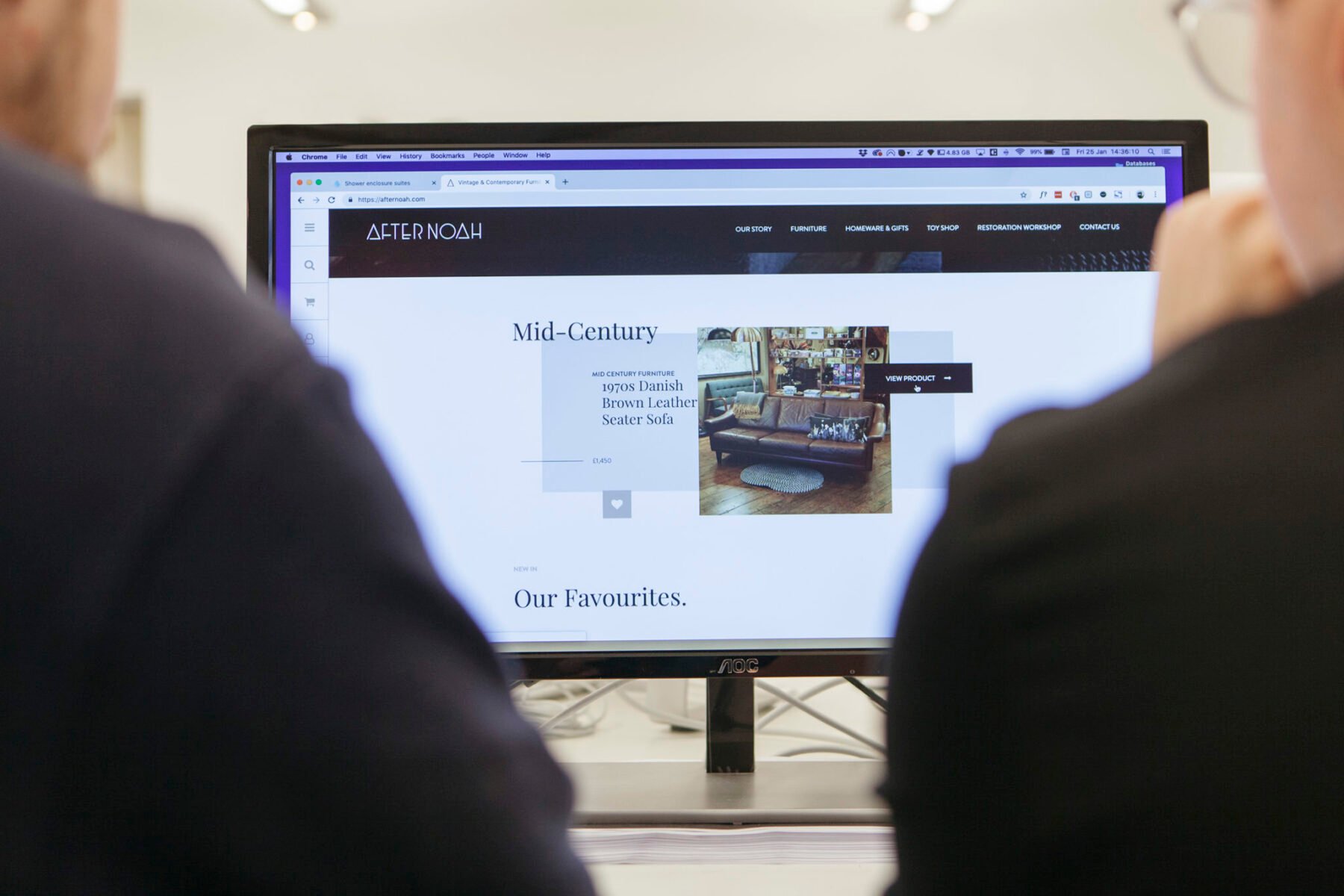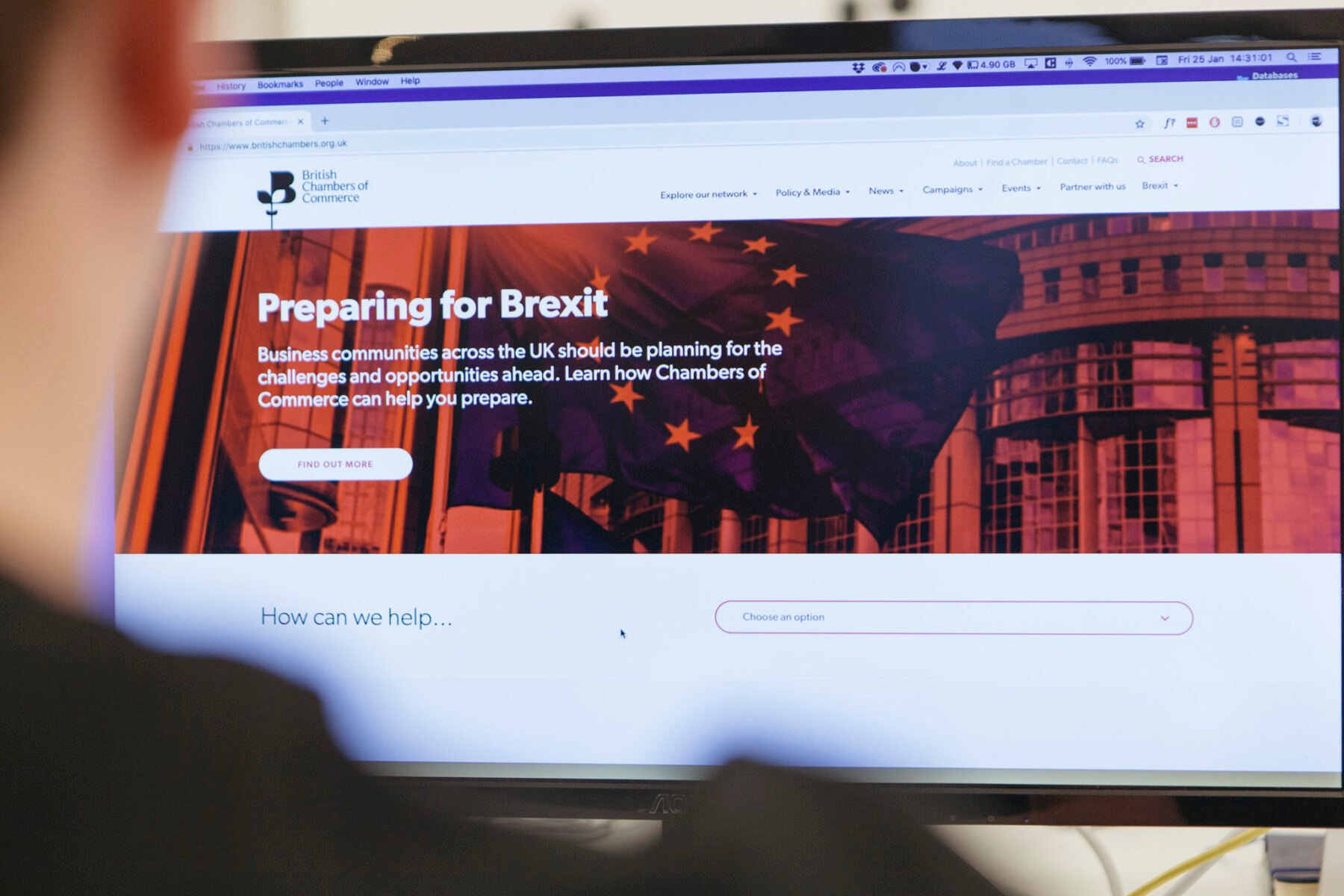All you need to know about Google’s latest updates.

We all know the feeling when you just can’t get to the webpage you need and the big bosses at Google have decided to put a stop to it.
User experience (UX for the technically savvy among us) has been an important element of SEO for a long time with loading speed being introduced to the algorithm way back in 2010.
But now Google is taking it a step further with new metrics that measure the more nuanced elements of user experience. And we can expect to see it early next year.
Let’s take a closer look…
There are three new metrics Google will be measuring in 2021 that will affect site rankings once implemented These are Largest Contentful Paint (LCP), First Input Delay (FID) and Cumulative Layout Shift (CLS).
Huh?
Makes no sense, right? Let’s break it down.
LCP measures how long it takes for the largest component of your webpage to load. This means Google will be judging your site loading speed based on your biggest player.
In real terms, that carousel banner with huge image files might look nice, but if it’s taking too long to load, it’s hindering you in the long run.
FID measures how long it takes for the user’s browser to respond to an interaction on your site. If there’s a lag between clicking the CTA and being taken to the contact form, Google will know about it and your SEO may be penalised.
CLS measures how much of a user’s screen is affected by a movement on the webpage. If your page loads out of synchrony, this causes the page to jump around, making it difficult for the user to read the content and click through to the next page – hence negatively affecting the user experience.
Slow-loading ads and delayed pop-ups are just a couple of culprits that will diminish your site’s CLS score.

2021 may seem like a long time away, but it’s best to implement changes to your site now to save the headache further down the line. Besides, it won’t hurt to give visitors a user-friendly experience sooner rather than later.
Here are some easy steps you can take to clean up your site and improve that all-important user experience:
Using lots of large image files on your website will take a long time to load, potentially lowering your LCP and CLS scores.
The best way to ensure your pictures aren’t holding you back is to use an image compressor to reduce the file size and resizing images to fit the website design. But remember, the imagery still needs to be high quality and unpixellated to look it’s best.
Pop-ups are a great way to encourage newsletter sign-ups or to prompt visitors to get in touch, but they quickly become annoying, especially if they appear on every page.
Try to keep your pop-ups to a minimum by focussing on where they will be most effective, such as on landing pages or on the news page. Meanwhile, sign-up forms can be tucked away nicely in the footer of your website for easy access on the other webpages.
If there are too many ads on your webpage, they could take too long to load compared to the rest of your site, causing your page to jump around and ultimately impact your CLS score.
While ads are a quick and easy way to earn revenue, try to keep them to a minimum with just one ad per page, if any at all.

It may be tempting to focus all your efforts on the new UX metrics going forward, but Google hasn’t forgotten about the usual SEO factors we all know and love…
It’s still important to ensure your site is optimised for mobile, uses a secure connection and contains well-written, relevant content in order to top the ranks on Google. These new measures simply add to the mix of factors you need to consider, not replacing them.
Luckily for businesses, Google has given us enough warning to prepare for these changes and has provided tools to measure up how a website will fair once the algorithm change is implemented.
You can put your website to the test by using Google’s PageSpeed Insights which will highlight the areas you need to work on over the next few months in order to meet the new standards.
If your score is lower than you’d like, drop us a line to see how we can help you get up to speed before it’s too late.